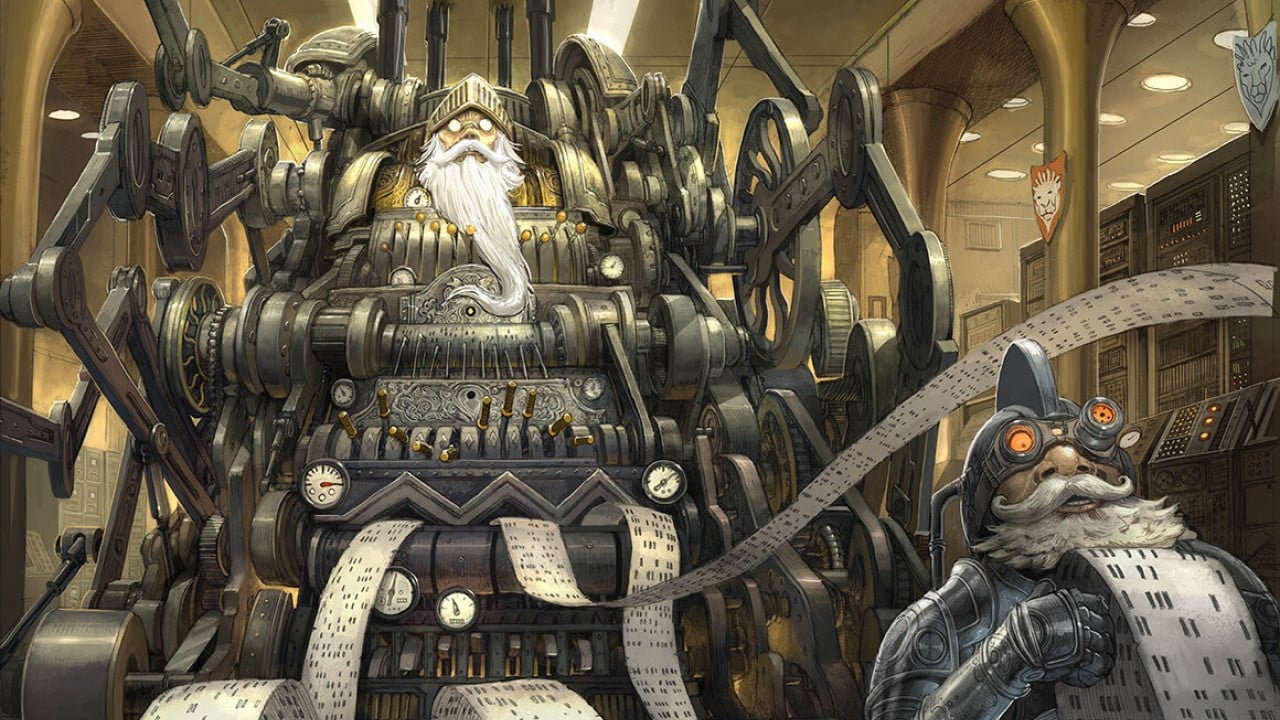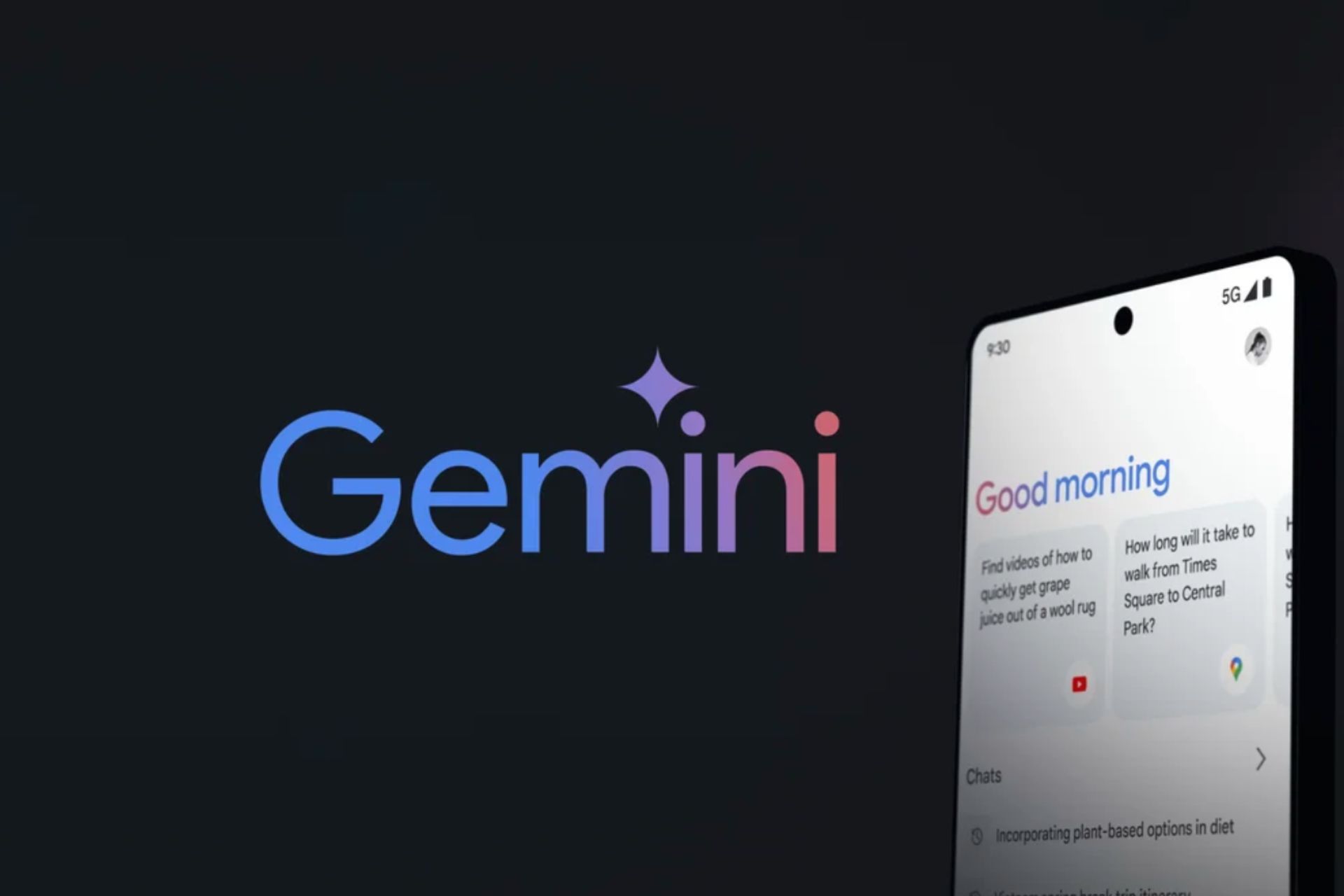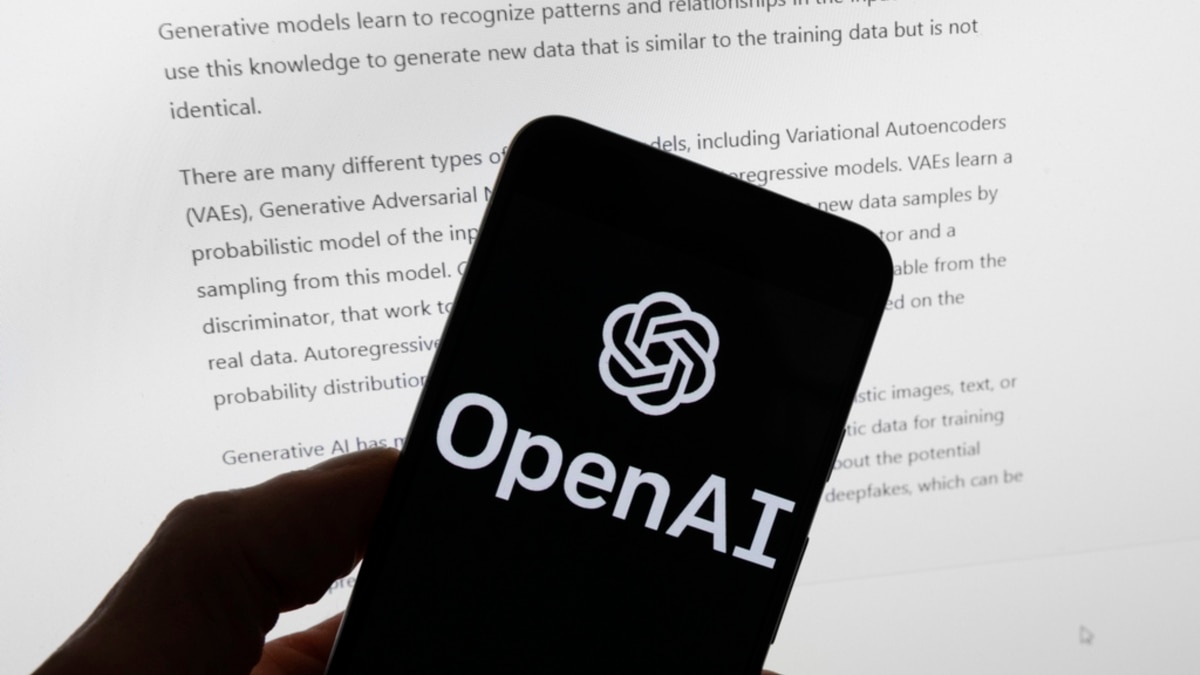No matter where on the internet you hang out, it’s been near-impossible to avoid discussions of AI in recent months. After a run of controversy, Wizards of the Coast have released an FAQ setting their stance on the subject in stone. It’s long past time that WOTC had an official AI art policy in place, so this release is a welcome one.
This goes for fans and artists alike. Over the last few months, resentment both internal and external has been brewing. This comes as a result of several ill-considered moves on WOTC’s part. Art is a core part of Magic and, whether we like it or not, art is now intertwined with AI. Today we’ll take a look at this new policy in detail, and discuss what it means for the future of Magic art.
Read More: Elusive MTG Manga To Finally Make US Debut This Fall!
Computer-Generated Controversy
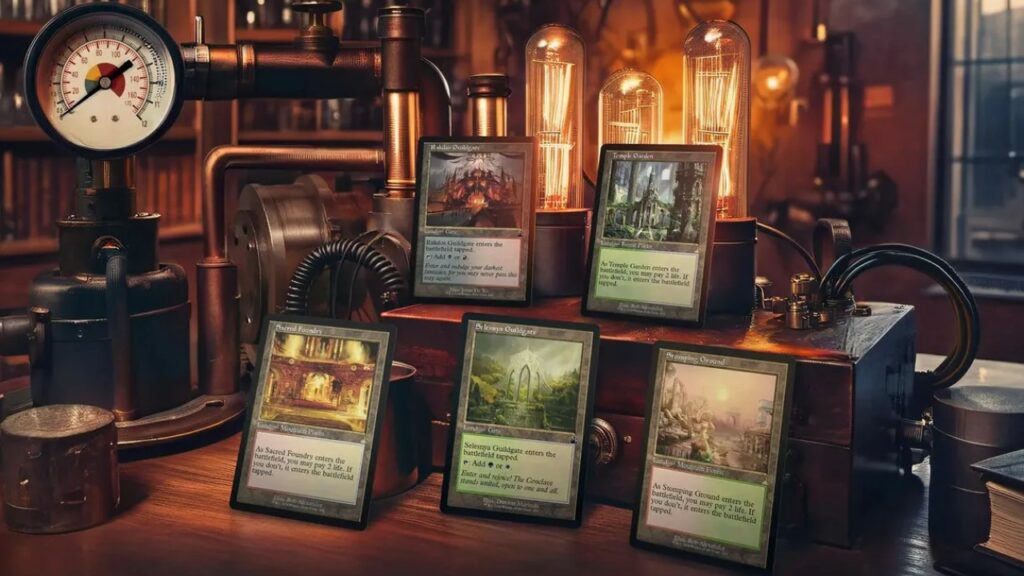
First, let’s take a look at the catalyst for the fire WOTC is now trying to quell. Back in January, the official Magic: The Gathering Twitter account tweeted a photo to promote the upcoming Ravnica Remastered. Captioned “It’s positively shocking how good these lands look in retro frame,” the post was clearly meant to advertise the inclusion of Shock lands in the set. However, two of the lands pictured were Guildgates and not Shock Lands. That was the first sign of something amiss.
After looking further, fans noticed strange visual artifacts that heavily implied AI had been used to generate the image. Things like extra numbers on the dial, cables running directly into metal walls, etc. This caused a stir, and eventually WOTC admitted the involvement of AI in the image generation process. This directly contradicted their previous anti-AI statement. In the course of these events, veteran artist Dave Rapoza even stopped working for the company entirely.
Read More: MTG Players Baffled By Bizarre Secret Lair Misprint
The WOTC AI Art Policy
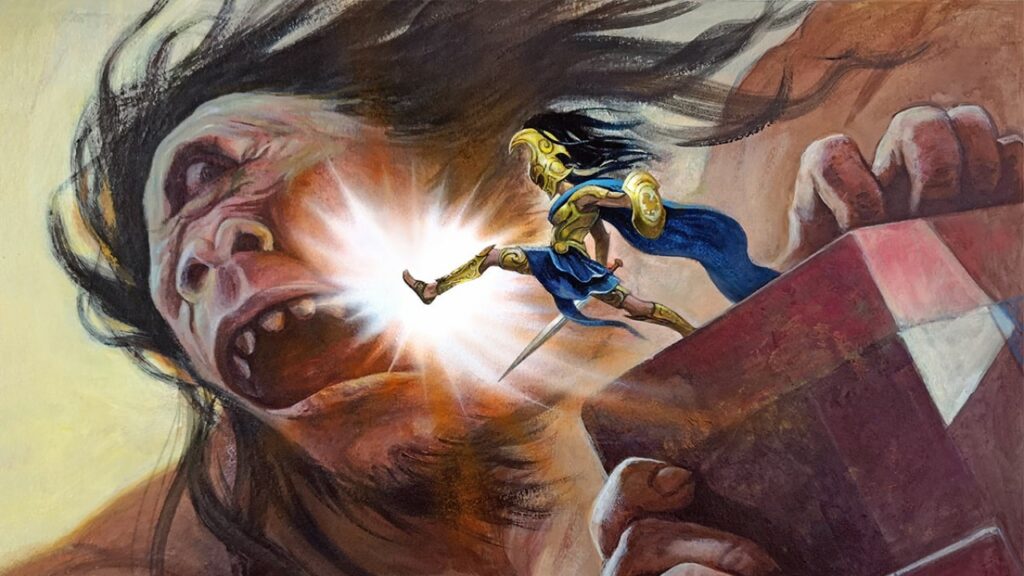
Not a great situation, then. And made even worse thanks to the other Magic art issues that have been cropping up over the past few months regarding plagiarism. Rather than let things fester any longer, WOTC made the decision to set down a definitive AI art policy. This was recently released in the form of an FAQ on the official website.
The FAQ does a lot of weaving and winding as it goes along. That said, the most important part is definitely this early passage:
“The core of our policy is this: Magic and D&D have been built on the innovation, ingenuity, and hard work of talented people who sculpt these beautiful, creative games. As such, we require artists, writers, and creatives contributing to the Magic TCG and the D&D TTRPG to refrain from using AI generative tools to create final Magic or D&D products.”
This is a fairly straightforward stance, but it’s nevertheless welcome. The FAQ also discusses how this policy will be enforced. While specific tools aren’t named, it does mention that they aim to keep a “human in the loop” when reviewing possible AI art. Given the can of worms that is checking for AI art using other AI programs, this is likely for the best.
On the subject of catching AI art, it’s worth noting that WOTC doesn’t want players jumping to conclusions when they stop working with an artist. “Working relationships with artists can change for a variety of reasons—everything from a decision by an artist to move in another direction to our evolving styles not matching up.” It’s important to keep this in mind, given how quickly rumors spread online. Doubly so given how damaging AI associations can be for an artist’s career.
Read More: The Most Bizarre Secret Lair Ever has Just Been Revealed
Brave New World?
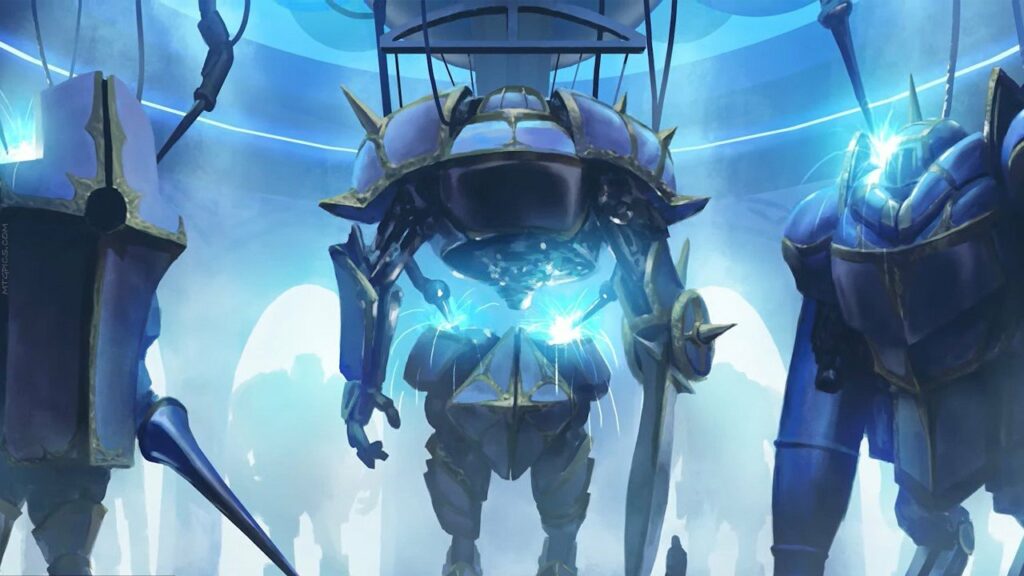
This formal stance is great to see for now, and the idea of a human checking for signs of AI is reassuring. That said, there are still plenty of lingering questions around AI and Magic art. As the FAQ itself states, “Generative AI is a constantly evolving space and this FAQ will be revised on an ongoing basis to reflect what we are learning alongside everyone else.” This makes a lot of sense. As AI tools themselves get more sophisticated, so too must the methods used to combat them.
The rise of AI has been a deeply revealing process. The controversy it has generated in Magic, for example, tells us a few key things. First, that the fan base as a whole are vehemently opposed to the idea of AI art in the game. Second, figuring out what is and isn’t AI art is a lot trickier than it seems. As the FAQ states, “detection can be difficult and lines blurry.” The tell-tale signs of AI use from the early days are mostly long-gone. This means that, from here on out, Vigilance (and not just the keyword) is going to be the name of the game.
It’s hard to take everything WOTC puts down in the FAQ seriously. After all, they’ve been caught lying about such things before. That said, all we can do is remain optimistic, and hope that the Ravnica Remastered fiasco is a one-off blip. As the FAQ’s closing statement reads, “Human beings are fallible, whether it is a conglomerate of human beings (like a company) or a single human being (like an artist.)” Ultimately, we need to put our faith in the humans that make Magic what it is.
Read More: MTG Breaking News Bonus Sheet Causes $100 Prices Collapse!
